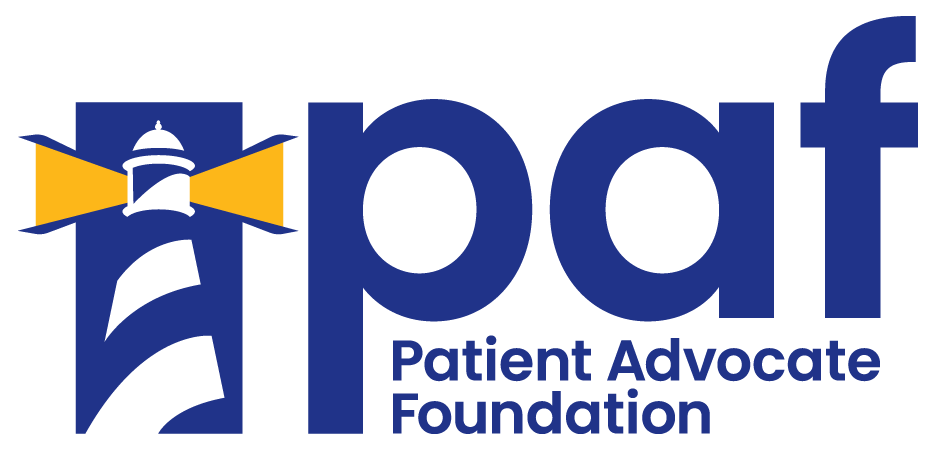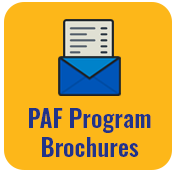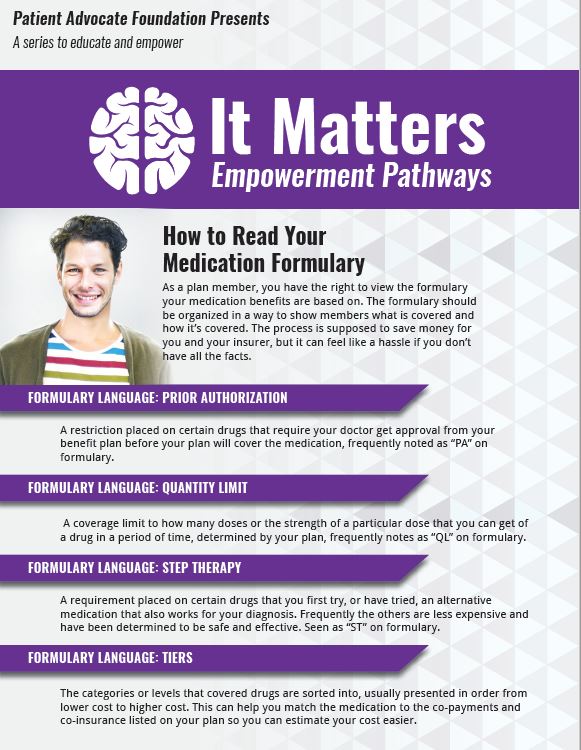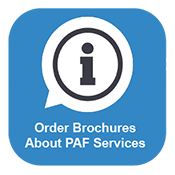Patient Advocate Foundation will be closed on Friday, July 4th in observance of the Independence Day holiday.
✕
 Menu
≡
╳
Menu
≡
╳
- Home
-
Connect With Services
Patient Advocate Foundation
Patient Advocate Foundation (PAF) is a national 501 (c)(3) non-profit organization which provides case management services and financial aid to Americans with chronic, life threatening and debilitating illnesses.
Services & ProgramsWe Are Here to HelpOur ImpactIn 2023, PAF served a population
of patients with over 958 distinct diagnoses. -
Explore Our Resources
Featured ProjectsThe Spotlight: June 2025
-
Get Involved
Get InvolvedSupport PAF By Donating
Donate today and help Patient Advocate Foundation continue to help patients get access to the prescribed healthcare that they need.
-
Learn About Us
About UsStay Informed
- Contact









